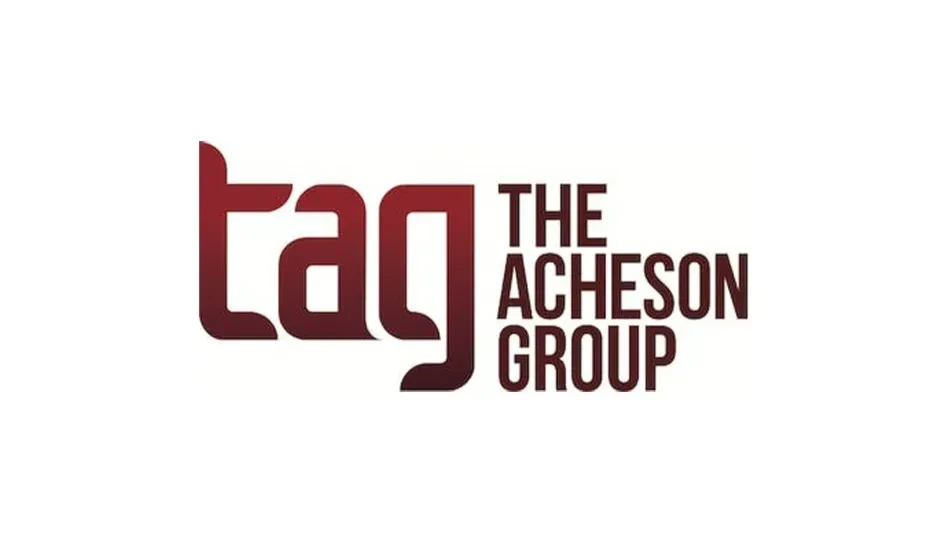By Lisa Lupo

Employee hygiene is an essential aspect of food safety with two critical components being prevention of contamination from workers’ hands and that from their clothes. But these are not always easy to control. How do you ensure that all personnel know, understand, and follow correct handwashing procedures and that their garments, themselves, don’t present potential contamination?
TRUST, BUT VERIFY. Handwashing prior to working with any food or even entering the food processing area is a standard in the food industry, but are your employees doing it right? According to the Food Code, every food or beverage plant is to have handwashing facilities that are adequate, convenient, and furnished with running water at a suitable temperature.
The primary way to comply with this rule is to have handwashing and, as appropriate, hand-sanitizing facilities “at each location in the plant where good sanitary practices require employees to wash and/or sanitize their hands.”
But even with handwashing stations located at the entry to food processing areas, it is difficult for plant managers to really know if employees thoroughly wash their hands every time or if they just go through the motions. Some large companies have automated sanitation stations, but most businesses provide “adequate, convenient” stations along with hygiene training and trust employees to comply.
While trust may work most of the time, observational studies conducted by University of Arkansas Distinguished Doctoral Fellow Jeffrey Clark have shown that trust, but verify, may be a better tact for plants to take.
Although the studies were conducted at a childcare facility, the results are applicable to any facility where handwashing and employee hygiene are critical, and for which the employees receive regular training. Additionally, Clark’s study is of particular interest because there are specific handwashing guidelines for child-care workers, and the facility has two-way observation mirrors and 24-hour video surveillance.
But, even knowing their actions could be on display any time, the workers were not always diligent in washing hands as frequently as required or in following CDC’s five-step handwashing procedure. (See “How Should You Wash Your Hands?”, page 25.) This, along with other findings of the study, he said, can provide a number of lessons for both the healthcare and food industries.
THE STUDY. To conduct the research, Clark randomly selected 25 hours of video from the facility’s recordings and coded it for compliance with handwashing guidelines. Negative findings were that:
- Increased training does not necessarily increase compliance. Whether observing the habits of supervisors or workers, degreed or trained, there was not much difference seen in compliance from a statistical standpoint, regardless of the amount of training or education the person had undergone. Thus, training alone does not necessarily make for more compliant handwashing.
- Trainers don’t always follow their own training. Somewhat surprisingly, even the teachers and caregivers who spent a lot of time teaching the children how to wash their hands didn’t always do it well or consistently themselves.
- A lack of understanding or thought about all the potential contamination points can be a key factor in the spread of bacteria.
APPLYING LESSONS LEARNED. With the purpose of the study being not only to find problem points, but also to develop solutions, Clark provided the following insights.
- A new environment can positively impact behavior change. Whether talking about a young child still developing behaviorally or an adult being engrained into a new environment, that fresh start provides the best opportunity for developing good habits. “A new environment makes habit change more conducive,” Clark said. The takeaway lesson is to train new employees on hygiene expectations immediately. “The earlier these habits can be established and enforced, the more likely they are to be followed,” he said. This also means that the high turnover rate of the food industry can be worked to its advantage, as new employees mean new opportunities to educate on good habits.
- The greater the relevance, the greater the compliance. It is very important to make hygiene training relevant and memorable to the person. With children, this often can be done by teaching with songs. While the same technique can be used with adults (e.g., singing the ABCs while you wash hands, or Smithfield Foods’ employee-written food safety jingles, bit.ly/2bAzcBL), using anything that is meaningful to your employees — incorporating a logo or cheer from local sports team, a catch phrase of your state or city, etc. can spark interest and make lessons more memorable.
- Personalizing training makes it “hit home.” As is also discussed in the Letter to the Editor which was received in response to the allergen articles of the July/August 2016 issue of QA, making it personal makes it more real. For example, norovirus can be spread through unwashed hands — which means that fixing or eating dinner or a snack without washing your hands, especially after using the bathroom, can make you or a family member violently sick. “Highlighting risks can play a role, but the more personal you make it, the more it hits home,” Clark said.
- Teach through example. One of the most interesting findings of Clark’s study was that those who spent a lot of time teaching the children how to wash their hands, and enforcing the handwashing, didn’t necessarily do it themselves. It is crucial that managers and supervisors set the example, not just expect compliance. Even if you are simply walking into the production area to talk with a worker, or passing through to another area, a worker who sees you walk in without washing your hands will think it doesn’t matter if he/she does that too. “What a manager does speaks volumes,” Clark said. “Don’t forget to wash your hands even when it seems inconsequential.”
- Ensure everyone understands all the potential contamination points. “It is important that everyone has a deep, acute awareness of all contamination points that could occur in a food facility from poor hygiene,” Clark said. For example, think about the times you have carried an item (pen, paper, cell phone, purse, etc.) into the restroom; set it down to use the facilities, then took it back out and laid it on the sink counter while you washed and dried your hands. Then picked it up to carry it back out. You’ve touched the item before you washed your hands, then touched it again afterward — potentially getting germs back on your hands. The same can happen from simply touching the face, nose, or even uniform, then going back to work on the food.
KEEPING CLOTHING CLEAN. While handwashing is a critical aspect of employee hygiene, it is not the only one to be considered. To determine best practices in another key area of hygiene, we asked COO of Aramark Uniform Services and Refreshment Services COO Brad Drummond about how workers’ garments can be a potential source of contamination and best practices in prevention.
QA. Why is uniform/garment sanitation so important in food/beverage processing plants?
Drummond. If employees wear dirty, damaged, or unsuitable outer garments, like a lab coat with buttons, it could introduce contaminants that could impact the product. It’s important for food and beverage processing plants to analyze all potential hazards, including what their employees wear on the job. Not only is it critical for food safety, but regulators continue to put more emphasis on identifying preventive controls.
QA. How can garments protect the workers (as well as the food)?

Drummond. Typical food processing garments are designed with features to minimize risk of product contamination, like having snaps or ties instead of buttons, knit cuffs, no pockets, etc. Requiring employees to leave soiled uniforms at the facility for washing also helps prevent them from introducing contaminants into their homes.
QA. How can a uniform service help a processor meet employee-apparel audit and/or regulatory requirements?
Drummond. Protective clothing requirements vary but, at minimum, a rental service that properly launders and delivers uniforms can help ensure employees have clean uniforms to wear every day. A provider that has a HACCP-based approach and third-party audit may provide documentation for processors to share with their auditors to help demonstrate their compliance with protective clothing and laundry requirements.
QA. What is most critical in the cleaning of clothing/uniforms worn in the processing area?
Drummond. It’s important to launder garments in a process that has quality control and verification steps. Garments should be washed in effective temperatures and formulas, and then covered in plastic to help prevent cross-contamination throughout the remaining laundry and delivery process.
QA. Are there any new/innovative technologies in uniform sanitation or the garments themselves?
Drummond. Advances in automated laundry technologies help ensure the wash formulas are consistent and accurate. Wash formulas are also improving in strength to disinfect the garments to help protect against a number of harmful organisms, including E. coli,Listeria and Salmonella.
QA. What else does the food/beverage processor need to know about employee hygiene and uniform sanitation?
Drummond. Processors should know how their garments are being laundered and delivered, including what chemicals and temperatures are being used and how the clean garments are protected from potential contaminants. A closely monitored process with quality control steps can help minimize cross-contamination and enhance their food safety efforts.
SUMMARY. Whether discussing handwashing, worker garments, or other employee hygiene, there are a lot of little things that can add up to big risk. But the more you know, the more you can implement education and preventive controls for sanitation.
The author is Editor of QA magazine. She can be reached at llupo@gie.net.

Explore the October 2016 Issue
Check out more from this issue and find your next story to read.
Latest from Quality Assurance & Food Safety
- Jim Jones Resigns from FDA, Citing ‘Indiscriminate’ Layoffs
- Raw Pet Food Identified as Source of Bird Flu Infection to House Cats
- USDA Terminates Contracts, Rescinds DEI Programs
- Brooke Rollins Sworn in as U.S. Secretary of Agriculture
- bioMérieux Launches Diagnostic Solution for Food Industries to Analyze Root Cause of Listeria Contamination
- WHO Appoints Director of Department of Nutrition and Food Safety
- WHO, Nanyang Technological University Singapore to Host Food Safety Risk Assessment Workshop
- New CDC Report Says Bird Flu Spread Undetected in Veterinarians





